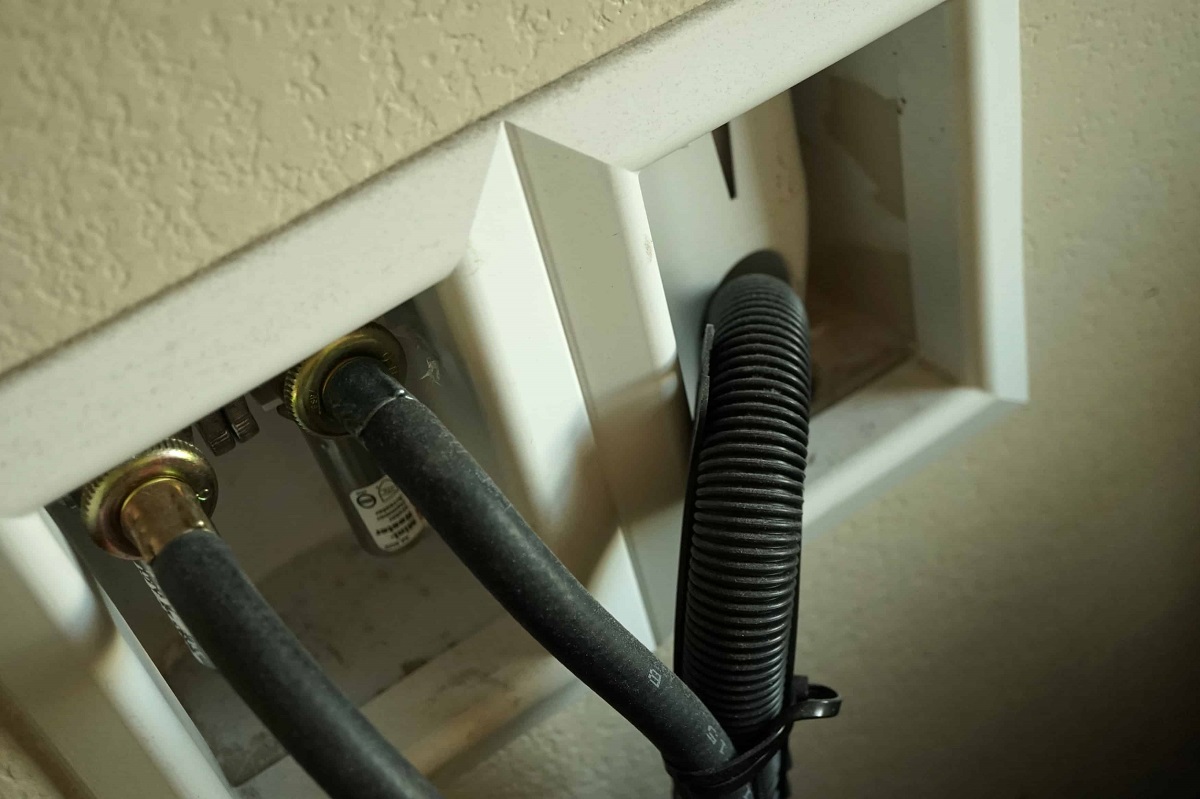

Articles
What Size Pipe For Washer Drain
Modified: May 6, 2024
Find articles on what size pipe is needed for a washer drain. Get expert advice and tips on choosing the right pipe size for your washer drain installation.
(Many of the links in this article redirect to a specific reviewed product. Your purchase of these products through affiliate links helps to generate commission for Storables.com, at no extra cost. Learn more)
Introduction
Having a properly functioning washer drain is crucial for the efficient operation of your washing machine. One important aspect to consider when setting up a washer drain is the size of the pipe. It is essential to choose the right pipe size to ensure that the wastewater from your washer flows smoothly without any plumbing issues.
In this article, we will discuss the factors you need to consider when determining the size of the pipe for your washer drain. We will also cover the most common pipe sizes used for washer drains, along with their advantages and limitations.
Choosing the correct pipe size is important because a pipe that is too small can cause clogging and backups, while a pipe that is too large may not provide enough water velocity to effectively push the wastewater through the drainage system. By understanding the factors to consider and the available options, you can make an informed decision when setting up or upgrading your washer drain.
So, let’s dive in and explore the key factors you should take into account when determining the size of the pipe for your washer drain.
Key Takeaways:
- Choose the right pipe size for your washer drain by considering factors like washer capacity, drainage system capacity, and future expansion. Consulting with a professional plumber is recommended for expert guidance.
- Common pipe sizes for washer drains include 1-inch, 1.5-inch, and 2-inch pipes, each suitable for different capacities and flow demands. Regular maintenance and cleaning are crucial for optimal drainage system functionality.
Read more: What Size Pipe For Toilet Drain
Factors to consider when choosing pipe size for washer drain
Choosing the right pipe size for your washer drain is crucial to ensure the proper flow of wastewater and prevent any potential plumbing issues. Here are some important factors to consider when determining the appropriate pipe size:
- Washer capacity: The size of your washing machine plays a significant role in determining the pipe size for the drain. Larger capacity washers produce a larger volume of wastewater that needs to be effectively drained away. If you have a high-capacity washer, you will likely need a larger pipe size to accommodate the increased flow.
- Drainage system capacity: It is important to assess the capacity of your existing drainage system. If your drain system is already handling multiple appliances and fixtures, you may need to consider a larger pipe size to accommodate the additional flow from your washing machine.
- Drainage distance and slope: The distance between your washing machine and the main drain, as well as the slope of the drain pipe, can impact the flow rate. Longer distances or uphill slopes can create additional resistance, which may require a larger pipe size to maintain proper flow.
- Type of pipe material: Different pipe materials have different flow capacities. PVC pipes, for example, have smooth interiors that allow for better water flow compared to older cast iron pipes. Consider the material of the existing drain pipes and choose a size that matches the capacity of the material.
- Local building codes: It is essential to check your local building codes and regulations regarding pipe sizes for washer drains. The codes may specify minimum pipe size requirements, and it is important to comply with these regulations to ensure the safety and functionality of the drainage system.
- Future expansion: If you anticipate any future upgrades or additions to your plumbing system, it’s wise to consider the potential increase in wastewater flow. Choosing a slightly larger pipe size than currently needed can accommodate future expansions without the need for major modifications.
By taking these factors into account, you can make an informed decision when selecting the appropriate pipe size for your washer drain. It is recommended to consult with a professional plumber who can assess your specific requirements and provide expert guidance on the best pipe size for your situation.
Common pipe sizes for washer drains
When it comes to choosing the right pipe size for your washer drain, there are several options available. The most common pipe sizes used for washer drains are:
- 1 inch pipe: The 1-inch pipe is the smallest size commonly used for washer drains. This size is suitable for smaller capacity washing machines and situations where the drain system does not have a high flow demand. However, it is important to note that a 1-inch pipe may not be sufficient for larger capacity washers or situations with a higher wastewater volume.
- 1.5 inch pipe: The 1.5-inch pipe is a commonly used size for washer drains. It provides a larger diameter compared to the 1-inch pipe, allowing for better water flow and preventing potential clogs. The 1.5-inch pipe is suitable for most standard capacity washers and is commonly used in residential applications.
- 2 inch pipe: The 2-inch pipe is the largest size commonly used for washer drains. It offers a greater flow capacity and is suitable for larger capacity washers or situations with a high wastewater volume. The 2-inch pipe is often used in commercial or industrial settings where heavy-duty washers are installed.
It is important to note that the pipe size you choose should be based on your specific requirements and the factors discussed earlier. While the 1.5-inch pipe is commonly used for residential washer drains, it may not be adequate for certain situations with larger capacity washers or high flow demands.
Ultimately, the size of the pipe should be determined by factors such as the washer capacity, drainage system capacity, and local building codes. Consulting with a professional plumber can help you make an informed decision and ensure that the chosen pipe size is suitable for your specific needs.
Remember that choosing a pipe size that is too small can lead to clogs and backups, while a size that is too large may result in inefficient water flow. Finding the right balance and considering the specific requirements of your washer drain system is essential for optimal performance and longevity.
1 Inch Pipe
The 1-inch pipe is the smallest size commonly used for washer drains. Although it is the smallest option available, it can still be suitable for certain situations. Here are some key aspects to consider when using a 1-inch pipe for your washer drain:
- Capacity: The 1-inch pipe is typically used for smaller capacity washing machines. If you have a compact washer or a washer with a lower water volume, a 1-inch pipe may be sufficient to handle the wastewater flow.
- Flow rate: It is important to be aware that a 1-inch pipe may have a lower flow rate compared to larger pipe sizes. This can affect the speed at which the wastewater is drained. If your washer has a higher flow rate, a 1-inch pipe may not be able to handle the volume efficiently, potentially leading to clogs or slow draining.
- Compatibility: The 1-inch pipe is commonly used in older plumbing systems or in situations where the entire drainage system is designed with smaller pipes. If you have existing 1-inch pipes in your plumbing system, it may be more convenient to use a 1-inch pipe for the washer drain to maintain consistency in pipe sizing.
- Limitations: While the 1-inch pipe can be suitable for specific scenarios, it does have limitations. If you have a high-capacity washing machine or anticipate a higher wastewater volume, a larger pipe size may be necessary to ensure proper drainage. Additionally, a 1-inch pipe may be more prone to clogs, especially if not properly maintained.
When considering a 1-inch pipe for your washing machine drain, it is important to assess the specific requirements of your situation. If you have any doubts or concerns about the capacity and compatibility of a 1-inch pipe, consulting with a professional plumber is recommended.
Remember that proper maintenance and periodic inspections of the washer drain are crucial regardless of the pipe size used. Regular cleaning and removal of debris can help prevent clogs and ensure the smooth flow of wastewater through the drain system.
Ultimately, determining the appropriate pipe size for your washer drain requires careful consideration of various factors, including washer capacity, flow rate, and the overall drainage system. By choosing the right pipe size, you can ensure efficient operation and minimize the risk of plumbing issues in your washer drain.
When determining the size of pipe for a washer drain, it is recommended to use a 2-inch diameter pipe to ensure proper drainage and prevent clogs. This size is commonly used for residential washer drains and is sufficient for handling the volume of water and debris.
5 Inch Pipe
The 1.5-inch pipe is one of the most commonly used sizes for washer drains. It offers a larger diameter compared to the 1-inch pipe, providing improved water flow and helping to prevent potential clogs. Here are some key points to consider when using a 1.5-inch pipe for your washer drain:
- Suitability: The 1.5-inch pipe is suitable for most standard capacity washing machines found in residential settings. It can effectively handle the wastewater flow from these machines without encountering major drainage issues.
- Flow capacity: Compared to a 1-inch pipe, the 1.5-inch pipe has a larger capacity for water flow. This means that it can handle a higher volume of wastewater, allowing for more efficient draining of the washer. It is essential to ensure that the pipe size matches the flow rate of your washing machine for optimal performance.
- Compatibility: The 1.5-inch pipe is commonly used in residential plumbing systems. If your existing plumbing system already has 1.5-inch pipes or if you are planning to use this size for other fixtures and appliances, using a 1.5-inch pipe for the washer drain can help maintain consistency throughout your plumbing system.
- Versatility: The 1.5-inch pipe is a versatile option that can handle the needs of most residential washing machines. It strikes a balance between efficient water flow and space considerations. It is worth noting that a 1.5-inch pipe may also be suitable for some higher capacity washers, depending on factors like the flow rate and overall drainage system.
- Cost-effective: Choosing a 1.5-inch pipe for your washer drain is often a cost-effective solution, as it is readily available in most hardware stores and plumbing supply outlets. It is a standard size that is widely compatible with various pipe fittings and connectors.
When considering a 1.5-inch pipe for your washer drain, it is important to evaluate the specific requirements of your washing machine and plumbing system. Consulting with a professional plumber can provide valuable insights and ensure that the chosen pipe size is appropriate for your setup.
Keep in mind that regular maintenance and cleaning of the washer drain are essential, regardless of the pipe size used. This helps prevent clogs and ensures the optimal functioning of your drainage system.
By selecting the appropriate pipe size, such as the 1.5-inch pipe, for your washer drain, you can ensure efficient water flow, minimize the risk of clogs, and maintain the overall health of your plumbing system.
Read more: What Size Drain Pipe For A Washing Machine
2 Inch Pipe
The 2-inch pipe is the largest commonly used size for washer drains. It offers a greater flow capacity compared to smaller pipe sizes, making it suitable for larger capacity washers or situations with a high volume of wastewater. Here are some key points to consider when using a 2-inch pipe for your washer drain:
- High flow capacity: The 2-inch pipe can handle a larger volume of water flow compared to smaller pipe sizes. This makes it ideal for washers with high capacities or situations where there is a significant amount of wastewater that needs to be drained efficiently.
- Commercial and industrial applications: The 2-inch pipe is often used in commercial or industrial settings where heavy-duty washers are installed. These settings typically produce more wastewater and require a larger pipe size to accommodate the increased flow.
- Resistance to clogs: The larger diameter of the 2-inch pipe reduces the likelihood of clogs and blockages compared to smaller pipes. This can help ensure uninterrupted water flow and minimize the need for frequent maintenance or plumbing interventions.
- Drainage system compatibility: When considering a 2-inch pipe for your washer drain, it is important to assess the capacity of your existing drainage system. Ensure that the system can handle the increased flow and that other fixtures and appliances connected to the same drain line are compatible with the 2-inch pipe size.
- Future expansion: Choosing a 2-inch pipe for your washer drain allows for potential future expansion and upgrades. It provides additional capacity to accommodate any changes in the washer capacity or changes in the overall plumbing system.
It is worth noting that a 2-inch pipe may not be necessary for all residential applications. If you have a standard capacity washer or a smaller household, a 2-inch pipe could be an over-engineered solution. It is essential to consider the specific requirements of your situation and consult with a professional plumber to determine the optimal pipe size for your washer drain.
Irrespective of the pipe size used, regular maintenance and proper care of the washer drain are important. This includes periodic inspections, removal of debris, and avoiding the disposal of non-biodegradable materials that can cause clogs.
By selecting the appropriate pipe size, such as the 2-inch pipe, for your washer drain, you can ensure efficient water flow, reduce the risk of clogs, and maintain the overall functionality and longevity of your drainage system.
Conclusion
Choosing the right pipe size for your washer drain is essential to ensure the proper flow of wastewater and prevent potential plumbing issues. Factors such as washer capacity, drainage system capacity, drainage distance, pipe material, local building codes, and future expansion should be considered when determining the appropriate pipe size.
Common pipe sizes for washer drains include the 1-inch, 1.5-inch, and 2-inch pipes. The 1-inch pipe is suitable for smaller capacity washers and situations with lower flow demands, while the 1.5-inch pipe is commonly used in residential settings and can handle standard capacity washers efficiently. The 2-inch pipe is more commonly used in commercial or industrial applications where heavy-duty washers produce a higher volume of wastewater.
It is important to note that the chosen pipe size should match the specific requirements of your washer and plumbing system. Consulting with a professional plumber is highly recommended to ensure the proper selection and installation of the pipe size for your washer drain.
Regardless of the pipe size used, regular maintenance and cleaning of the washer drain are crucial to prevent clogs and maintain optimal drainage. Clearing debris, avoiding the disposal of non-biodegradable materials, and periodic inspections can help ensure the smooth flow of wastewater through the drain system.
By taking into account the factors discussed in this article and choosing the appropriate pipe size for your washer drain, you can ensure efficient operation, minimize the risk of plumbing issues, and maintain the overall functionality of your drainage system for years to come.
After mastering the ideal pipe size for your washer drain, why not take your skills further by learning how to set up the entire system? Our next guide on washer installation walks you through each step of fitting a washer box seamlessly. This easy-to-follow tutorial ensures you tackle the project with confidence and precision, making the entire installation process a breeze. Don't miss out on becoming proficient in yet another crucial aspect of home appliance setup!
Frequently Asked Questions about What Size Pipe For Washer Drain
Was this page helpful?
At Storables.com, we guarantee accurate and reliable information. Our content, validated by Expert Board Contributors, is crafted following stringent Editorial Policies. We're committed to providing you with well-researched, expert-backed insights for all your informational needs.
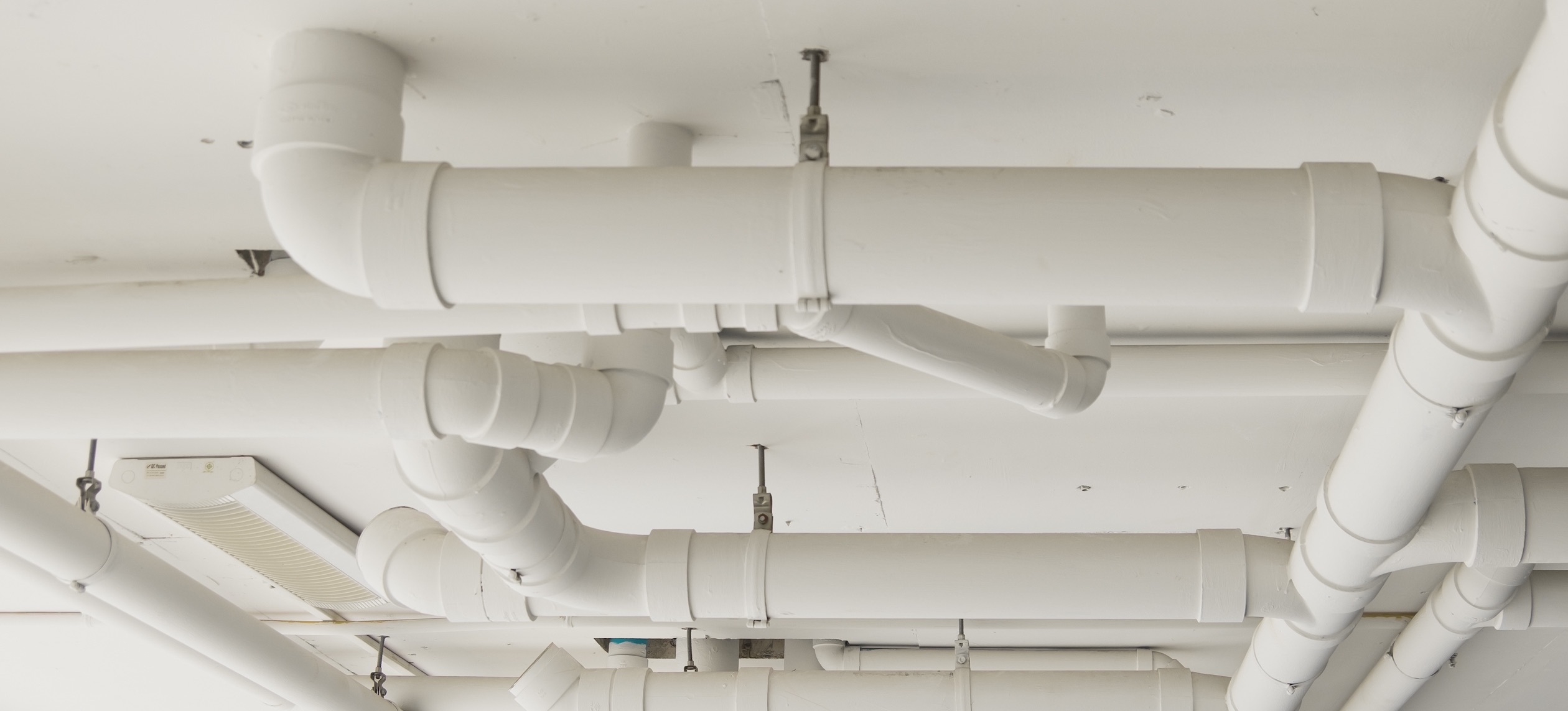
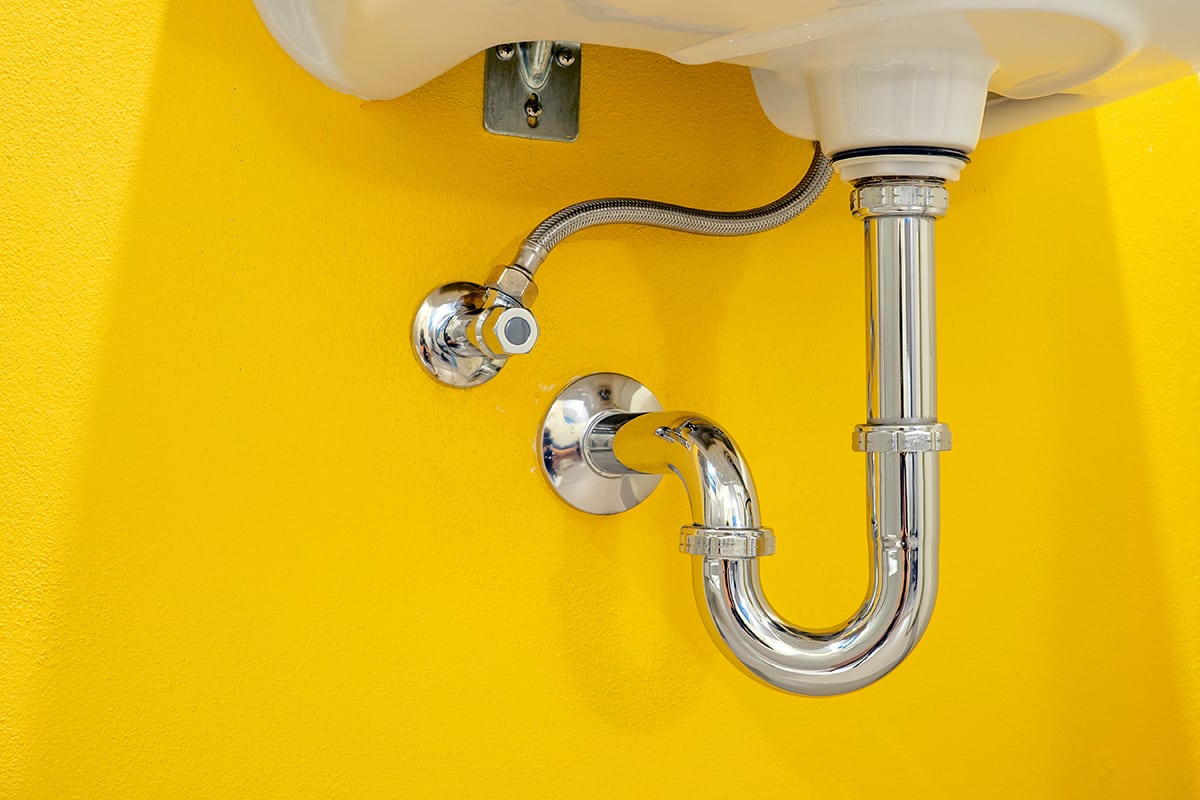
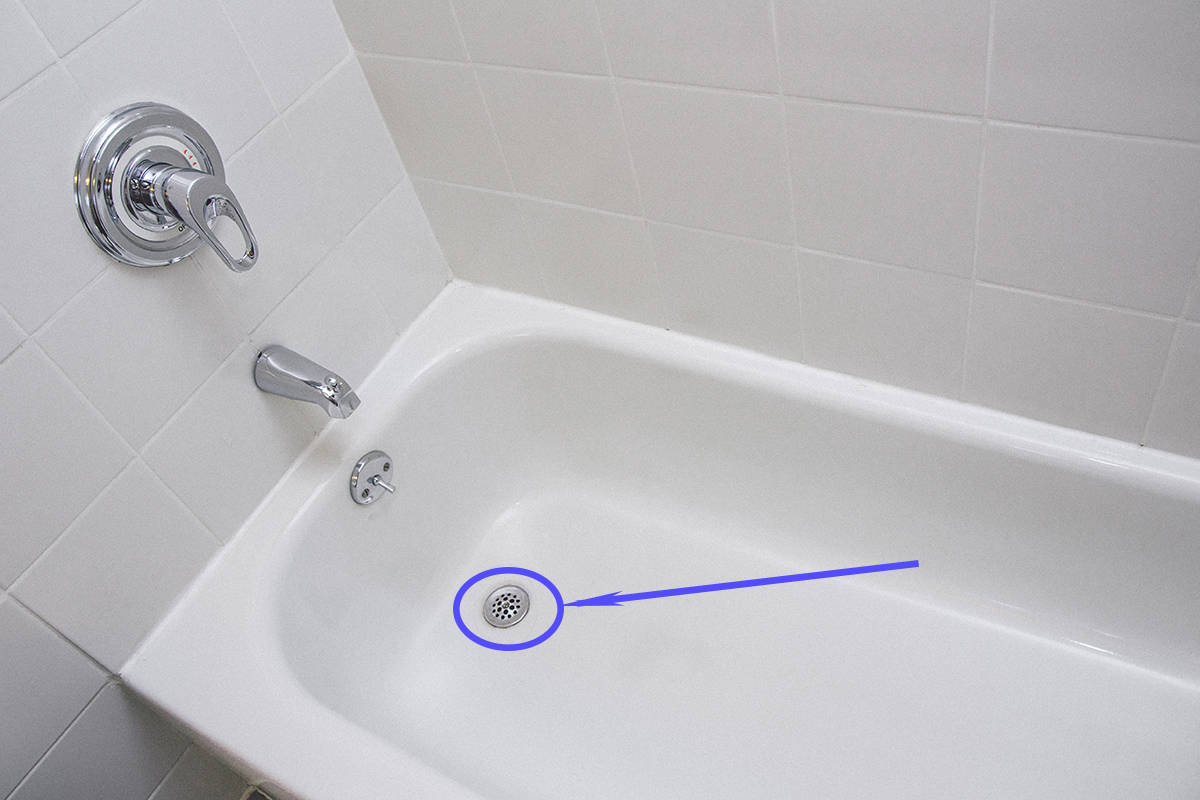
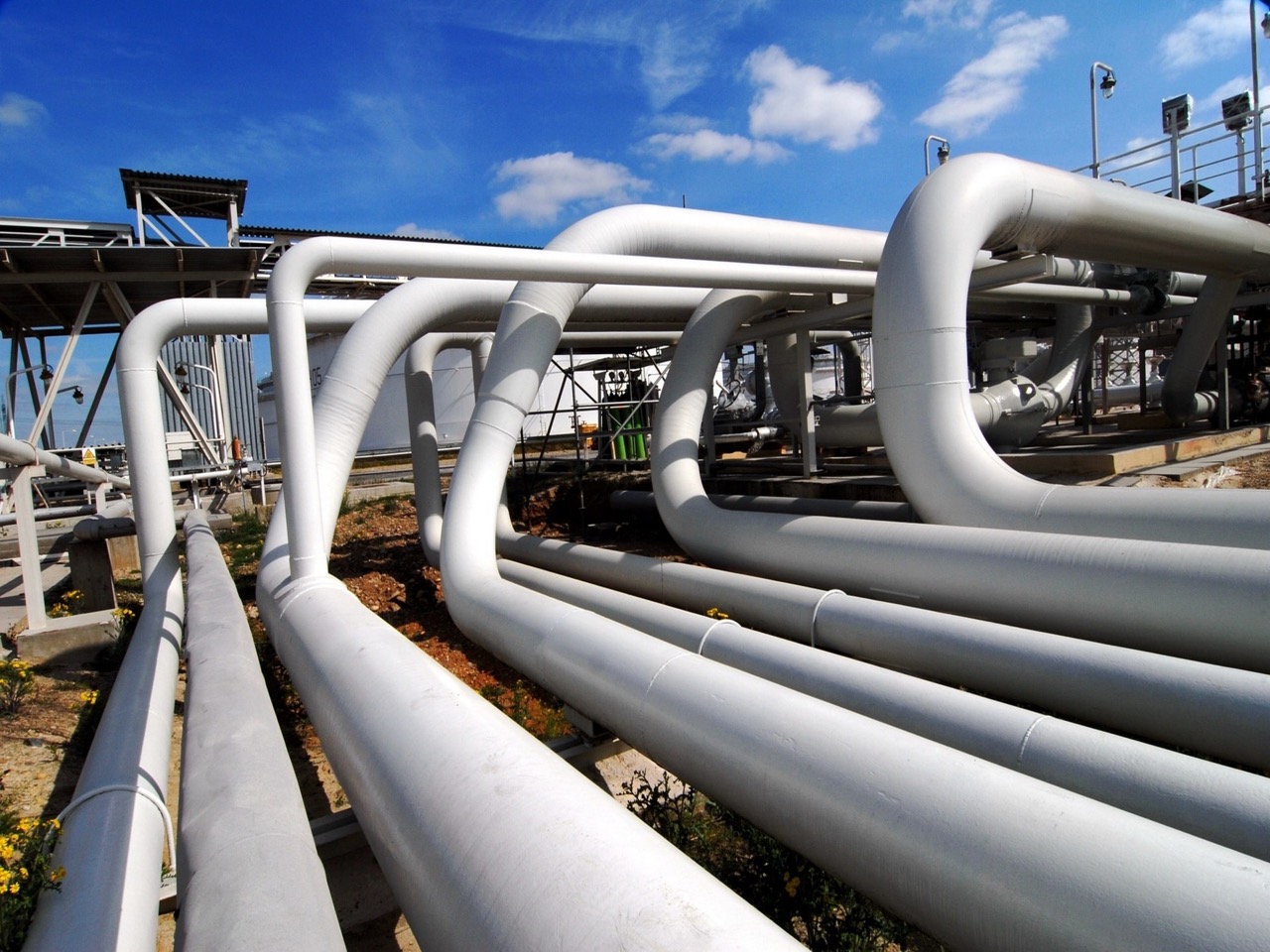
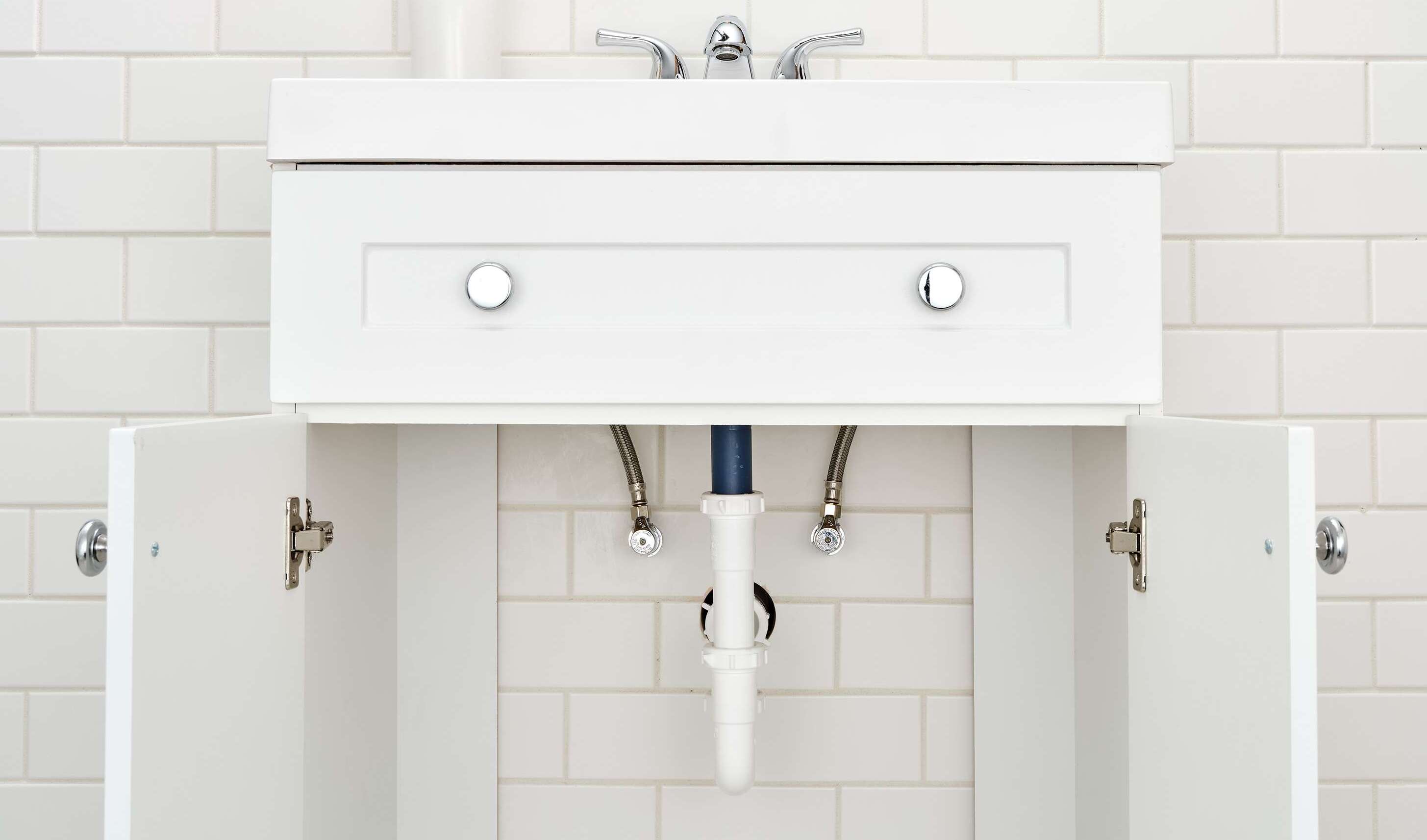
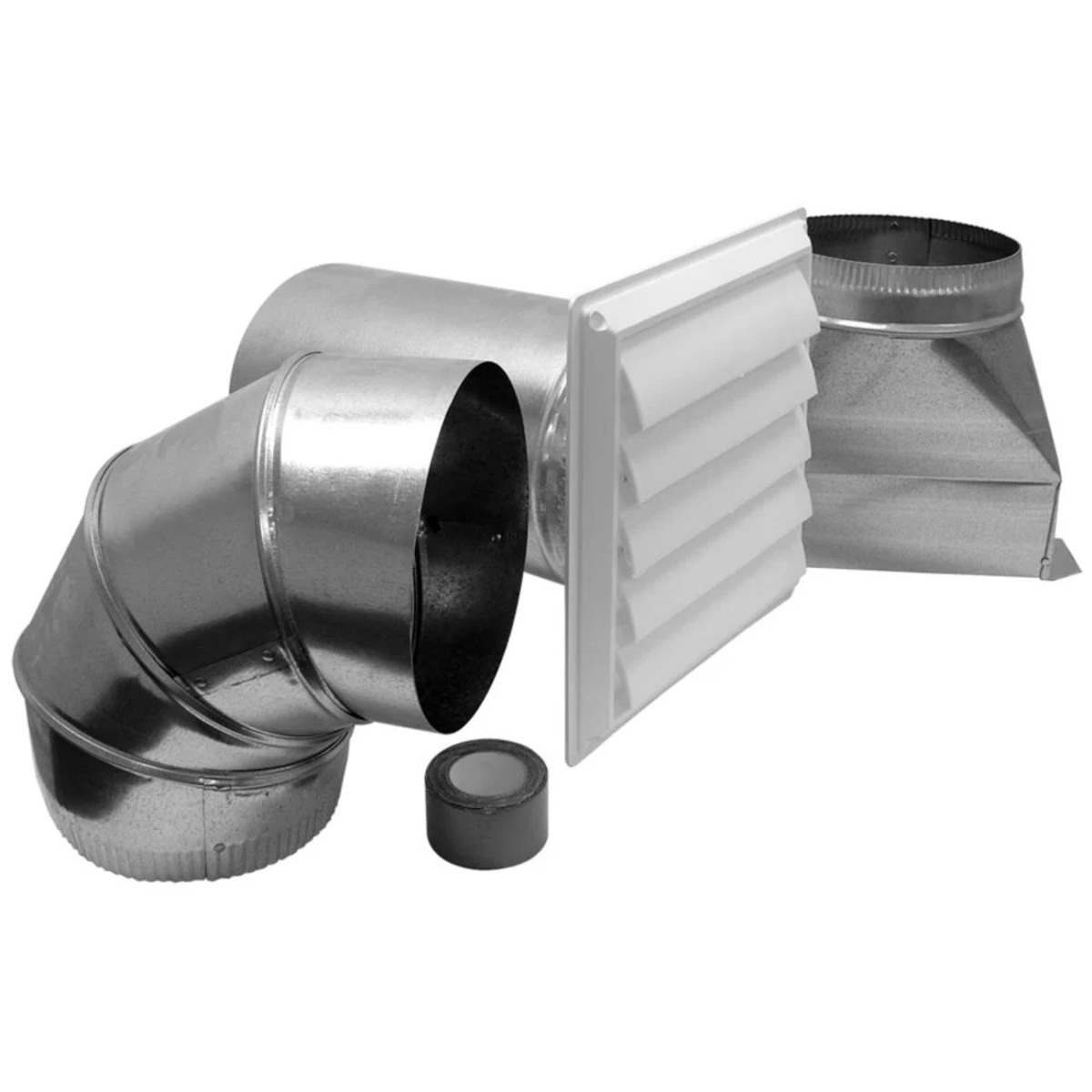

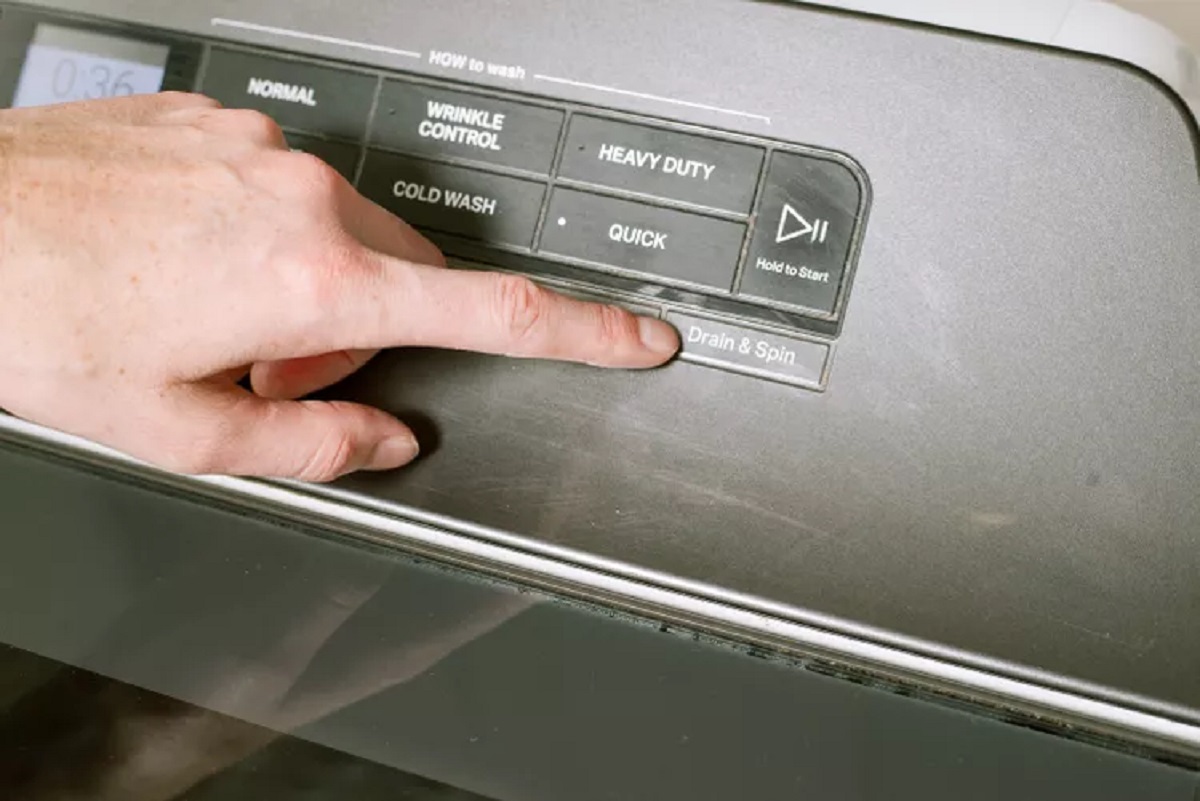
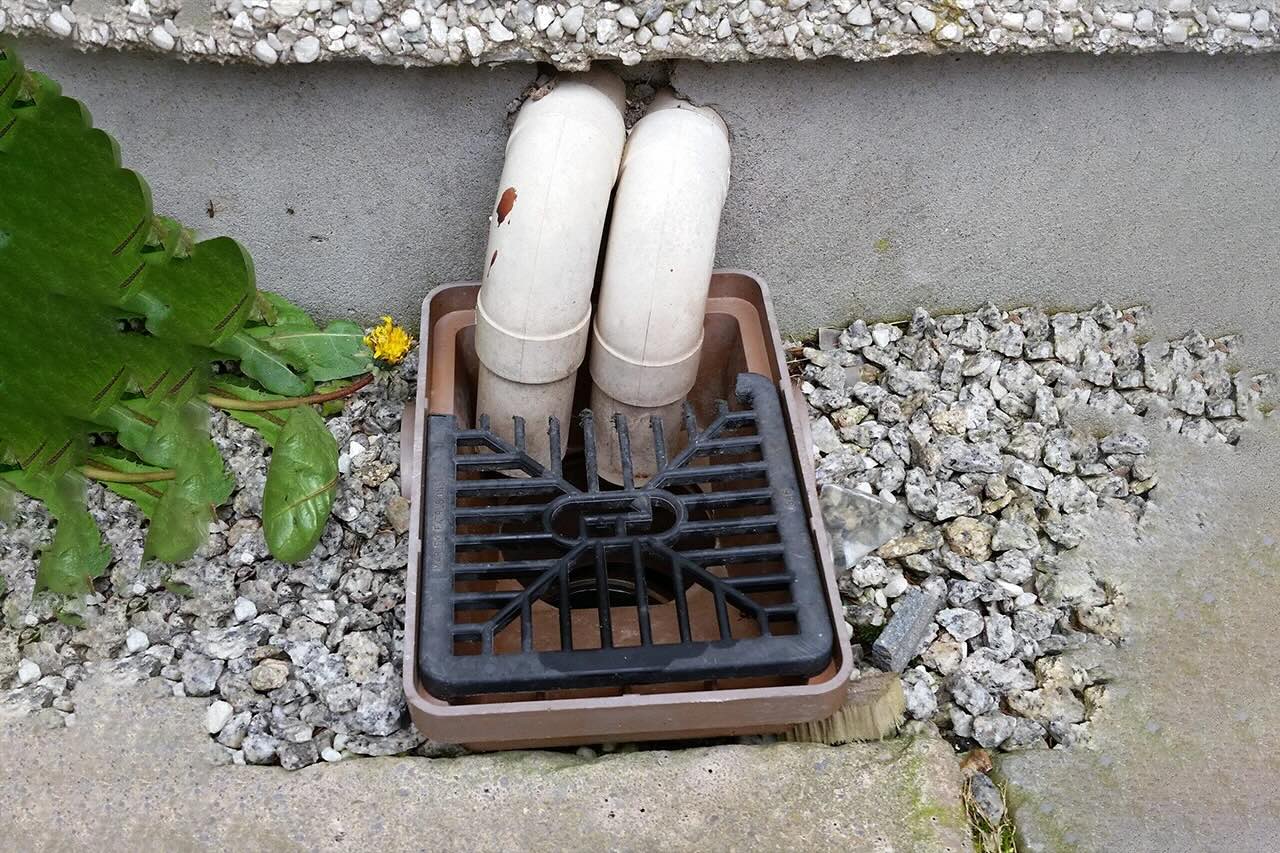
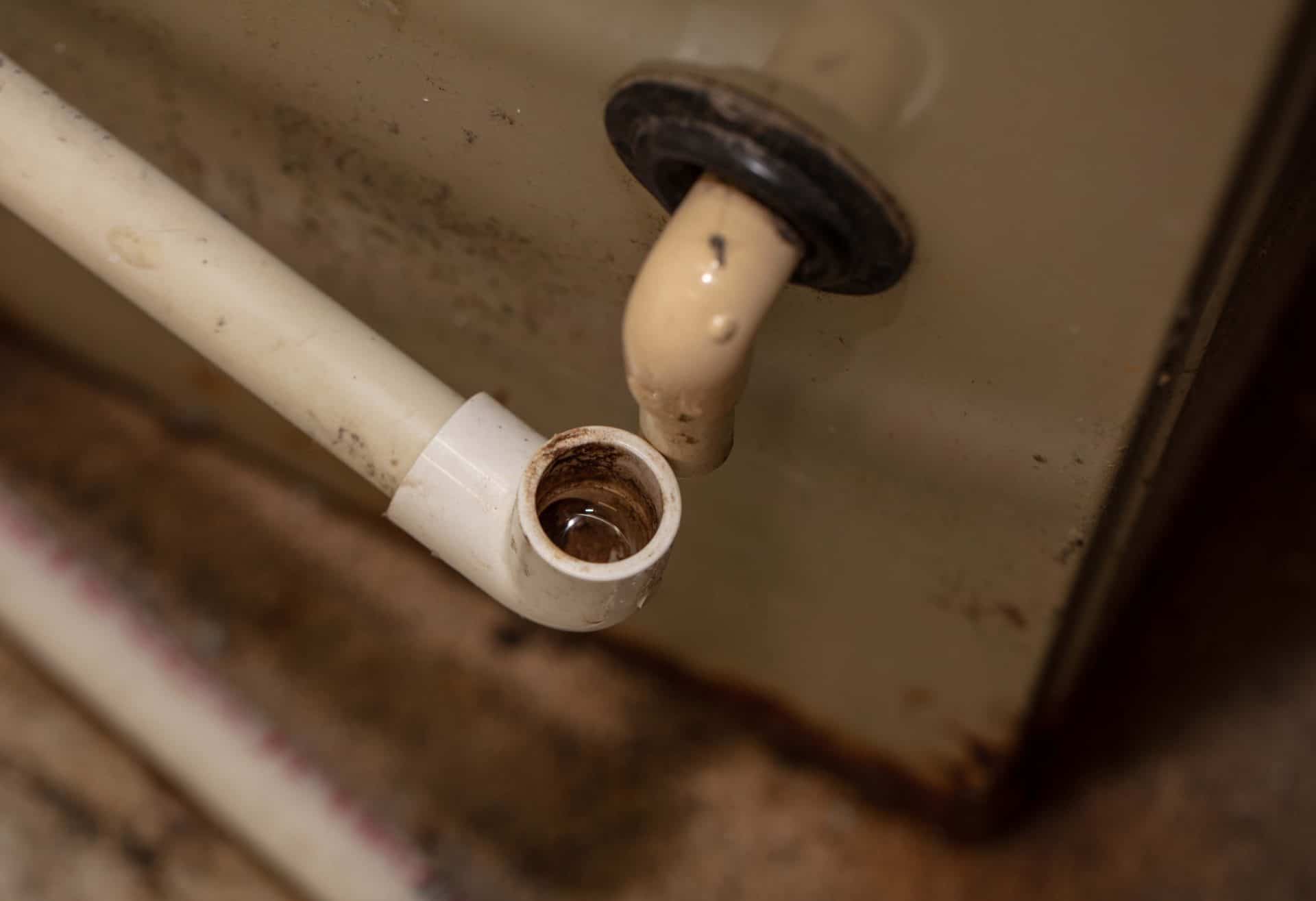
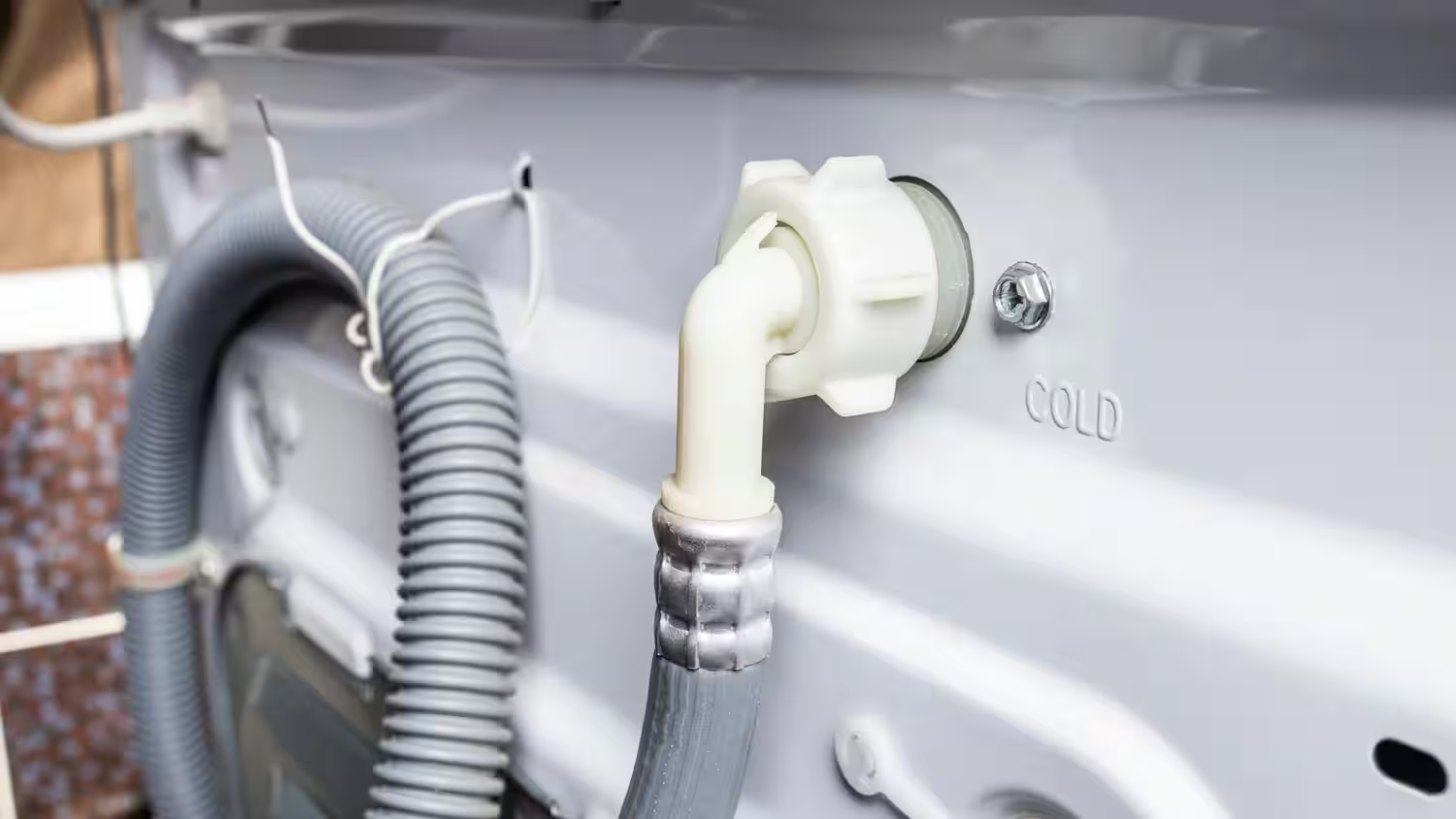
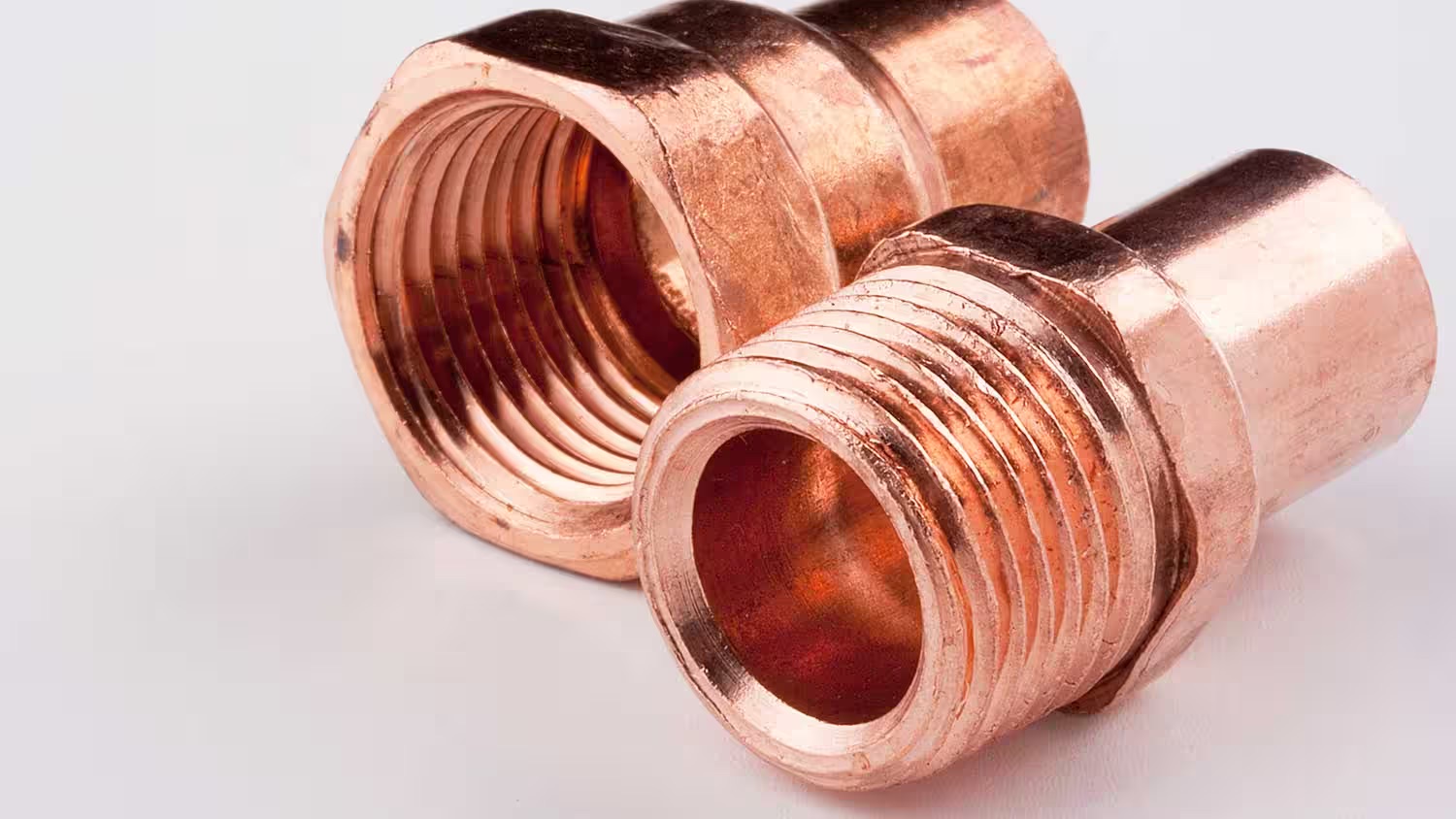



0 thoughts on “What Size Pipe For Washer Drain”